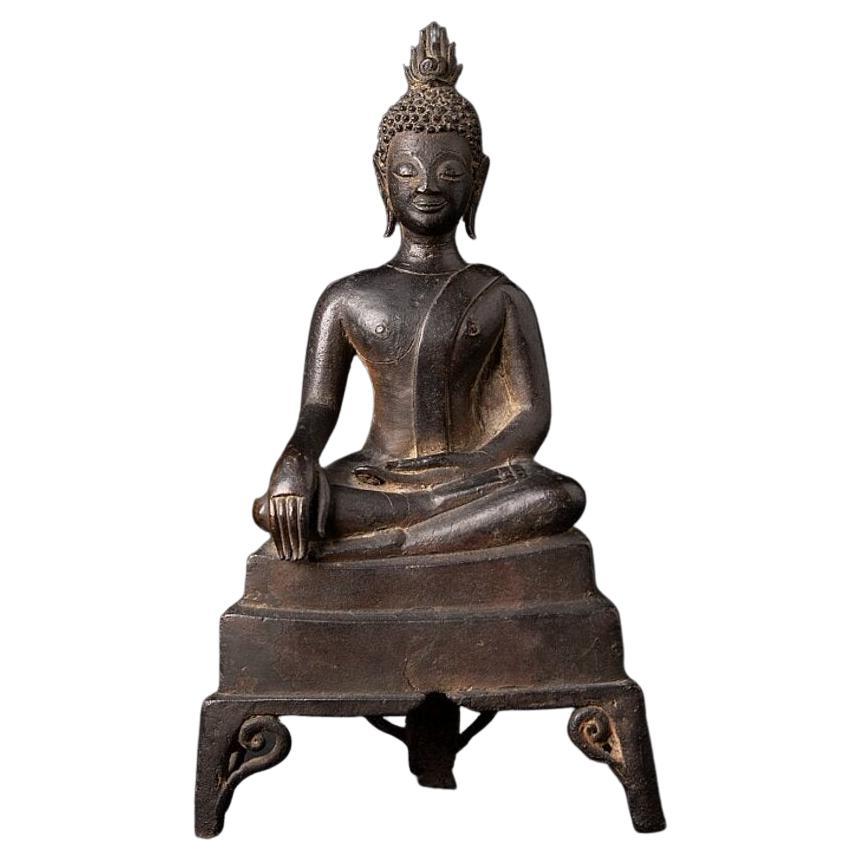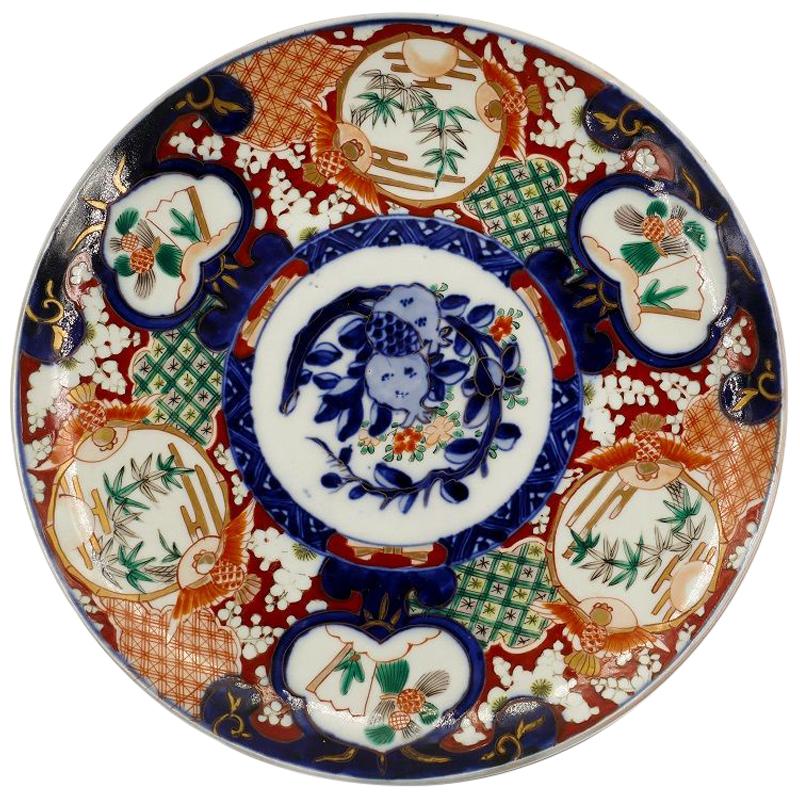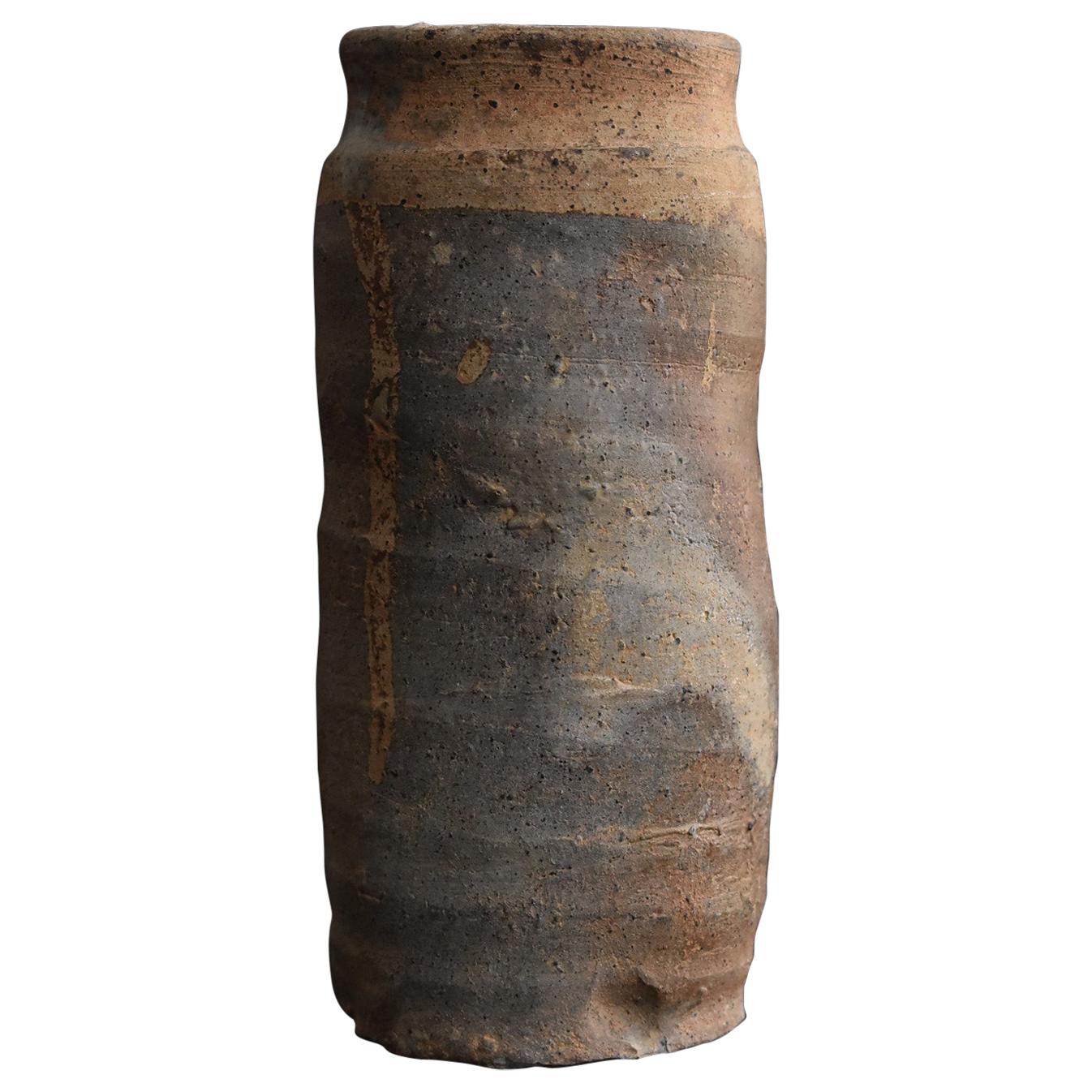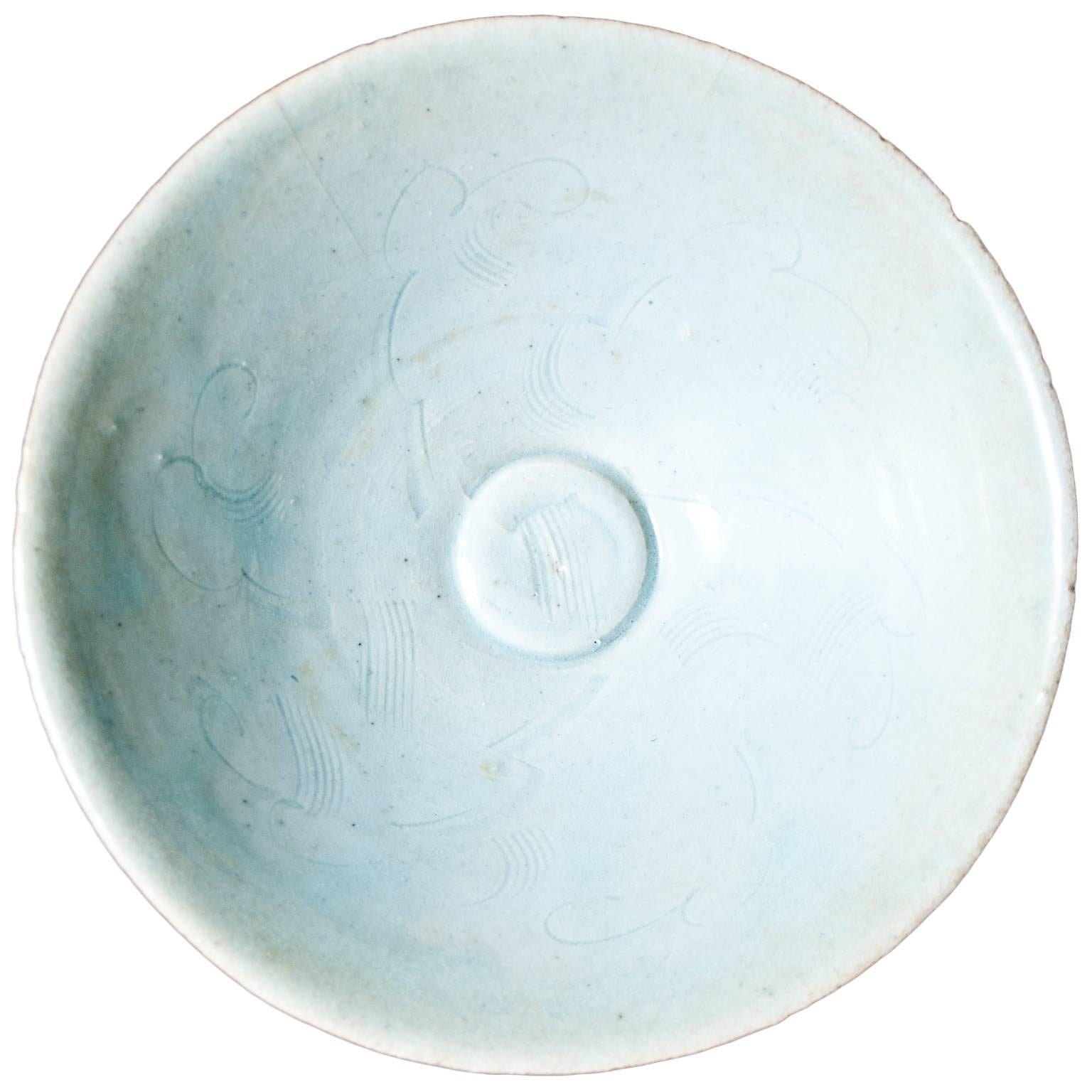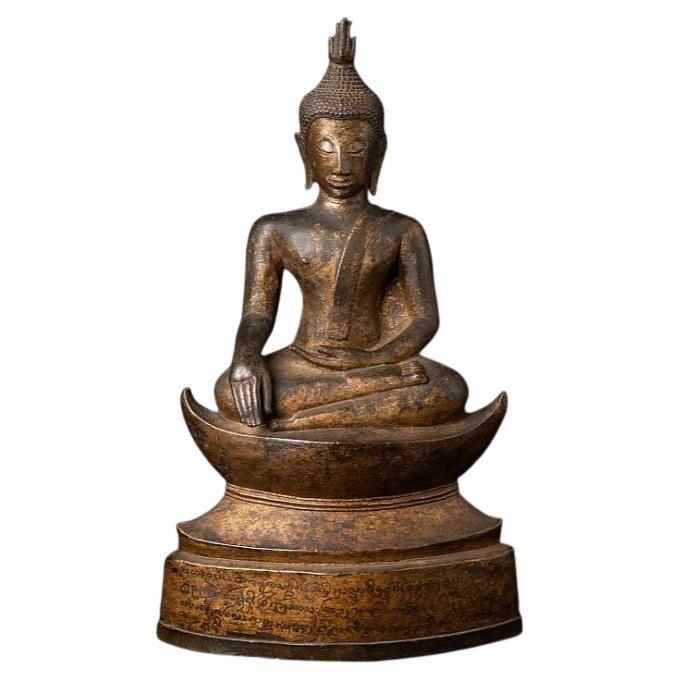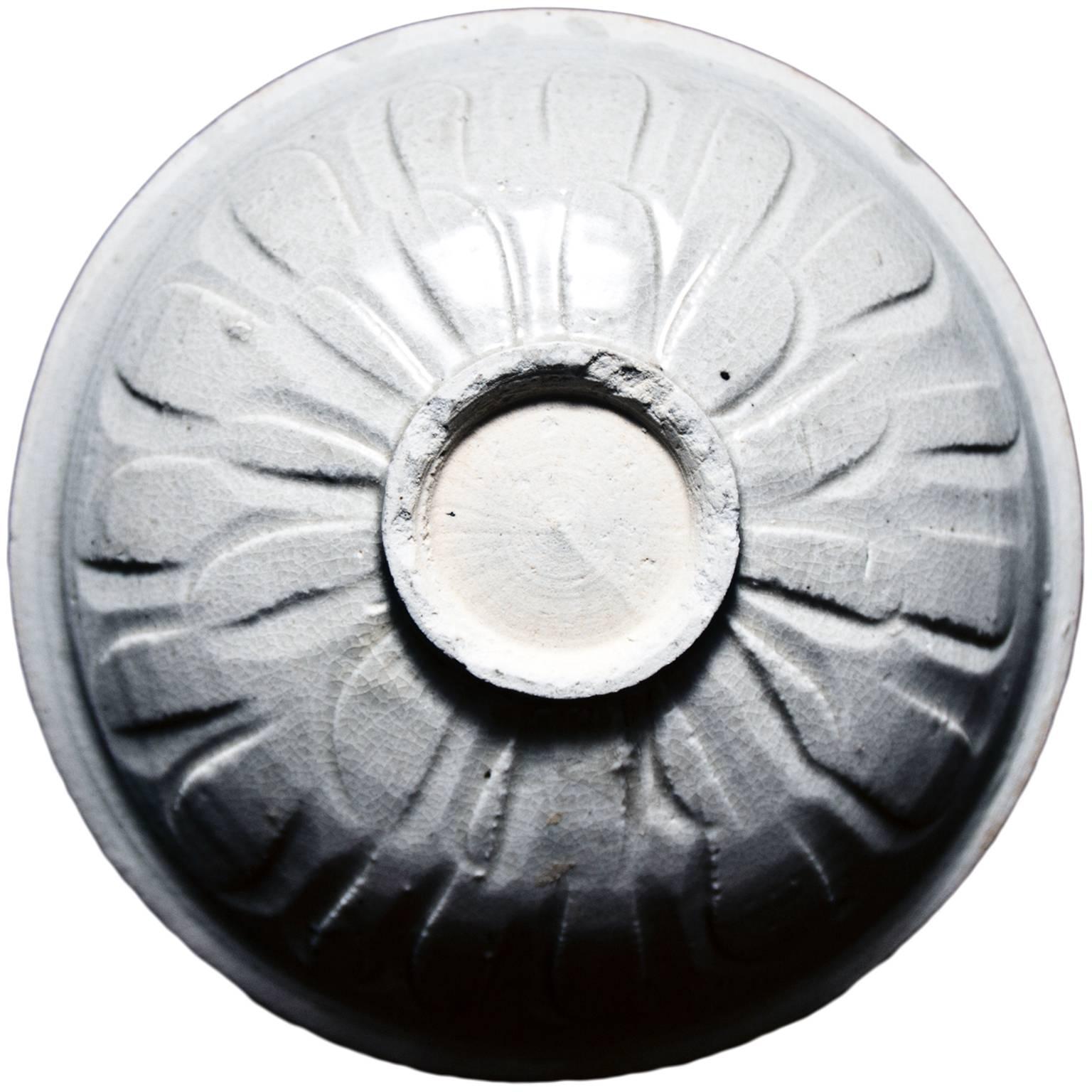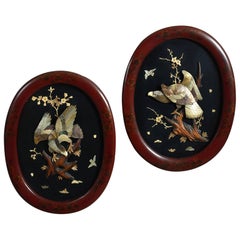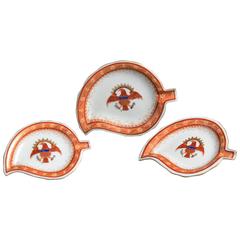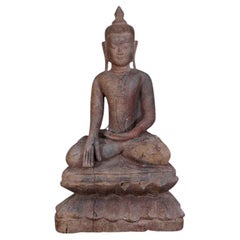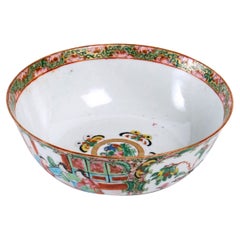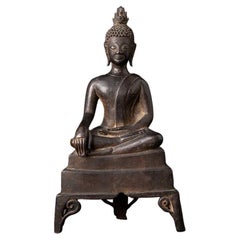
Mid-16th Century Ming Period Porcelain Plate
View Similar Items
Want more images or videos?
Request additional images or videos from the seller
1 of 4
Mid-16th Century Ming Period Porcelain Plate
About the Item
- Dimensions:Height: 7.25 in (18.42 cm)Width: 0.1 in (2.54 mm)Depth: 0.1 in (2.54 mm)
- Place of Origin:
- Period:
- Date of Manufacture:circa 1550
- Condition:
- Seller Location:London, GB
- Reference Number:1stDibs: LU103244685523
About the Seller
4.7
Vetted Seller
These experienced sellers undergo a comprehensive evaluation by our team of in-house experts.
Established in 2005
1stDibs seller since 2014
152 sales on 1stDibs
More From This SellerView All
- 20th Century Republic Period Canton Enamel VaseLocated in London, GBA mid-20th century republic period canton enamel vase of good scale, decorated in polychrome glazes with scrolling foliage upon a turquoise ground,...Category
Mid-20th Century Chinese Chinese Export Vases
MaterialsEnamel
- Pair of Early 20th Century Shibayamayama Hawk PanelsLocated in London, GBA pair of early 20th century Meiji period Shibayamama panels of oval form, set within aubergine decorated frames, housing black lacquer panels with carved eagles, smaller bird and fl...Category
Vintage 1910s Japanese More Asian Art, Objects and Furniture
- Set of Three American Market Porcelain Leaf DishesLocated in London, GBA set of three Chinese Export style porcelain leaf dishes, decorated with red, blue, green and gold glazes upon a white ground, each depicting the Great Seal of the United States: A ...Category
Mid-20th Century Chinese More Asian Art, Objects and Furniture
- Early 20th Century, Republic Period Foo Dog Porcelain VaseLocated in London, GBA twentieth century Republic Period porcelain foo dog vase of good scale, decorated with bright red glazes upon a white ground, with character marks vers...Category
20th Century Chinese Chinese Export Vases
MaterialsPorcelain
- Mid-18th Century George III Period Ebonised Tripod TableLocated in London, GBA mid-eighteenth century ebonised occasional tripod table, the circular top raised upon a turned stem and terminating in three cabriole legs. Circa 1760 England Dimensions: 23....Category
Antique Mid-18th Century English George III Side Tables
MaterialsEbony
- Pair of Late 19th Century Meiji Period Satsuma Porcelain Vase LampsLocated in London, GBA pair of late 19th century orange glazed satsuma vases, each with handles and a bulbous body, decorated with courtly figures in landscapes. Now raised on turned giltwood bases as ta...Category
Antique 19th Century Japanese Meiji Table Lamps
MaterialsPorcelain
You May Also Like
- 16th Century, Burmese Buddha from BurmaLocated in DEVENTER, NLMaterial: wood, Measures: 70 cm high 40 cm wide. Weight: 12.3 kgs. Ava style. Bhumisparsha mudra. Originating from Burma. 16th Century - early Ava period. A very good piece,...Category
Antique 16th Century Burmese Sculptures and Carvings
MaterialsWood
- Canton Polychrome Porcelain Circular Cup, Period, Mid-19th CenturyLocated in CRÉTEIL, FRLovely polychrome porcelain bowl from Canton. We find on this Canton porcelain the characteristic decoration painted on a white background representing large polylobed medallions or cartridges alternating palace scenes and nature decorations with motifs of birds, plants, flowers, and butterflies. Period: Mid-19th Century Dimensions: diameter 20cm Solid and fairly excavated funds use gold. The artist painter uses the circular shape of the object to represent the scenes continuously. Here we find the Chinese characters in a palace, surrounded by friezes of flowers. The colors remain vivid, especially with light greens and pinks. In the second half of the 19th century, when Japan established itself as a source of artistic inspiration, and the image of China and its inhabitants tarnished, several Chinese porcelain collections...Category
Antique 19th Century Asian Porcelain
MaterialsPorcelain
$708 Sale Price20% Off - 16th Century Bronze Lanna Buddha Statue from ThailandLocated in DEVENTER, NLMaterial: bronze 32,3 cm high 18,5 cm wide and 10,5 cm deep Weight: 2.833 kgs Bhumisparsha mudra Originating from Thailand 16th century With confirmed TL-test, see pictures A special Buddha...Category
Antique 16th Century Thai Sculptures and Carvings
MaterialsBronze
- Special 16th Century Bronze Chiang Sean Buddha from LaosLocated in DEVENTER, NLMaterial: bronze 60 cm high 34,5 cm wide and 22,3 cm deep Weight: 12.4 kgs Bhumisparsha mudra Originating from Laos 16th century With inlaid eyes of mother-of-pearl Long nec...Category
Antique 16th Century Laotian Sculptures and Carvings
MaterialsBronze
- 16th-Century Indo-Portuguese Colonial Mother-of-pearl Gujarat CasketLocated in Amsterdam, NLAn exceptional Indo-Portuguese colonial mother-of-pearl veneered casket with silver mounts India, Gujarat, 2nd half of the 16th century, the silver mounts Goa or probably Lisbon Measures: H. 16 x W. 24.6 x D. 16.1 cm An exceptional Gujarati casket with a rectangular box and truncated pyramidal lid (with slopes on each side and a flat top) made from exotic wood, probably teak (Tectona grandis), covered with a mother-of-pearl mosaic. The tesserae, cut from the shell of the green turban sea snail (Turbo marmoratus, a marine gastropod) in the shape of fish scales, are pinned to the wooden structure with silver ball-headed nails. The casket is set on bracket feet on the corners. The masterfully engraved decoration of the silver mounts follows the most refined and erudite Mannerist repertoire of rinceaux and ferroneries dating from the mid-16th century. The high quality and refinement of the silver mounts and, likewise, the silver nails that replaced the original brass pins used to hold the mother-of-pearl tesserae in place indicate the work of a silversmith probably working in Lisbon in the second half of the 16th century. The Indian origin of this production, namely from Cambay (Khambhat) and Surat in the present state of Gujarat in north India, is, as for the last three decades, consensual and fully demonstrated, not only by documentary and literary evidence - such as descriptions, travelogues and contemporary archival documentation - but also by the survival in situ of 16th-century wooden structures covered in mother-of-pearl tesserae. A fine example is a canopy decorating the tomb (dargah) of the Sufi saint, Sheik Salim Chisti (1478-1572) in Fatehpur Sikri in Agra district in the state of Uttar Pradesh, north India. This is an artistic production, geometric in character and Islamic in nature, where usually the mother-of-pearl tesserae form complex designs of fish scales or, similar to the dishes also made using the same technique, with the thin brass sheets and pins, stylized lotus flowers. The truncated pyramidal shape corresponds, like their contemporary tortoiseshell counterparts also made in Gujarat, to a piece of furniture used in the Indian subcontinent within the Islamic world prior to the arrival of the first Portuguese. This shape, in fact, is very old and peculiar to East-Asian caskets, chests or boxes used to contain and protect Buddhist texts, the sutras. A similar chest is the famous and large reliquary chest from Lisbon cathedral that once contained the relics of the city's patron saint, Saint Vincent. Both match in shape, having the same kind of socle or pedestal and bracket feet, and in their engraved silver mountings, featuring the same type of refined, erudite decoration. Their differences lie in the silver borders that frame the entire length of the edges of the chest (both the box and the lid), pinned with silver nails, and on the lock plate, shaped like a coat of arms in the Lisbon example. Given the exceptional dimensions of the reliquary casket...Category
Antique 16th Century Indian Jewelry Boxes
MaterialsSilver
- Porcelain Wall Plate, Japan, 19th CenturyLocated in Roma, ITThis porcelain wall plate is a decorative object manufactured in Japan at the end of the 19th century. This refined wall plate is completely ma...Category
Vintage 1970s Japanese Decorative Art
MaterialsPorcelain
Recently Viewed
View AllMore Ways To Browse
Ming Dynasty 16th Century
Ming Dynasty Furniture 16th Century
16th Century Chinese Porcelain
Ming Dynasty Blue And White Chinese Porcelain
Ming Dynasty Blue And White Porcelain
16th Century Chinese Blue And White Porcelain
Ming Dynasty Plate
Ming Blue White Plate
Scorpion Antique
16th Century Ming Plates
Jiajing Chinese
Ming Jiajing
Chinese Porcelain Jiajing
Antique Tibetan Beads
Tibetan Antique Beads
Vintage Asian Fan
Root Stand Japan
Carved Jade Tree


